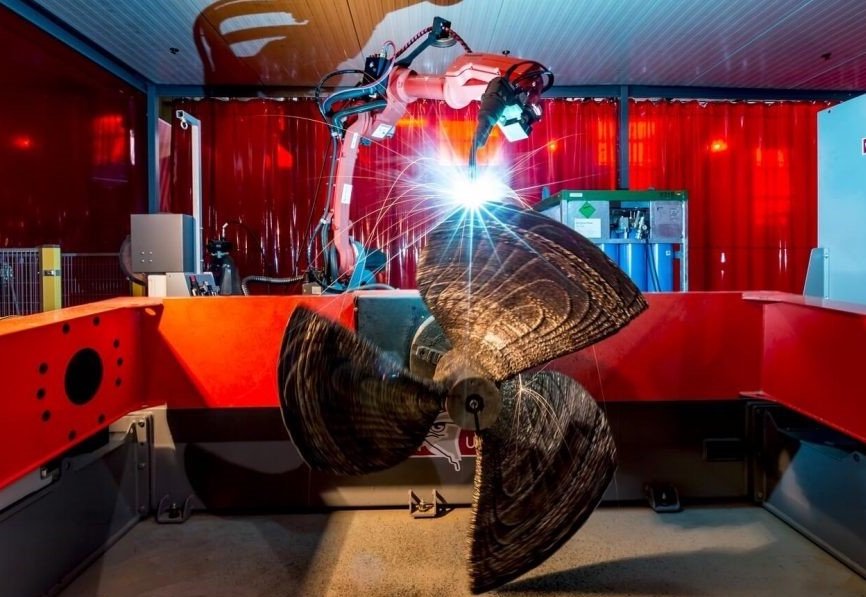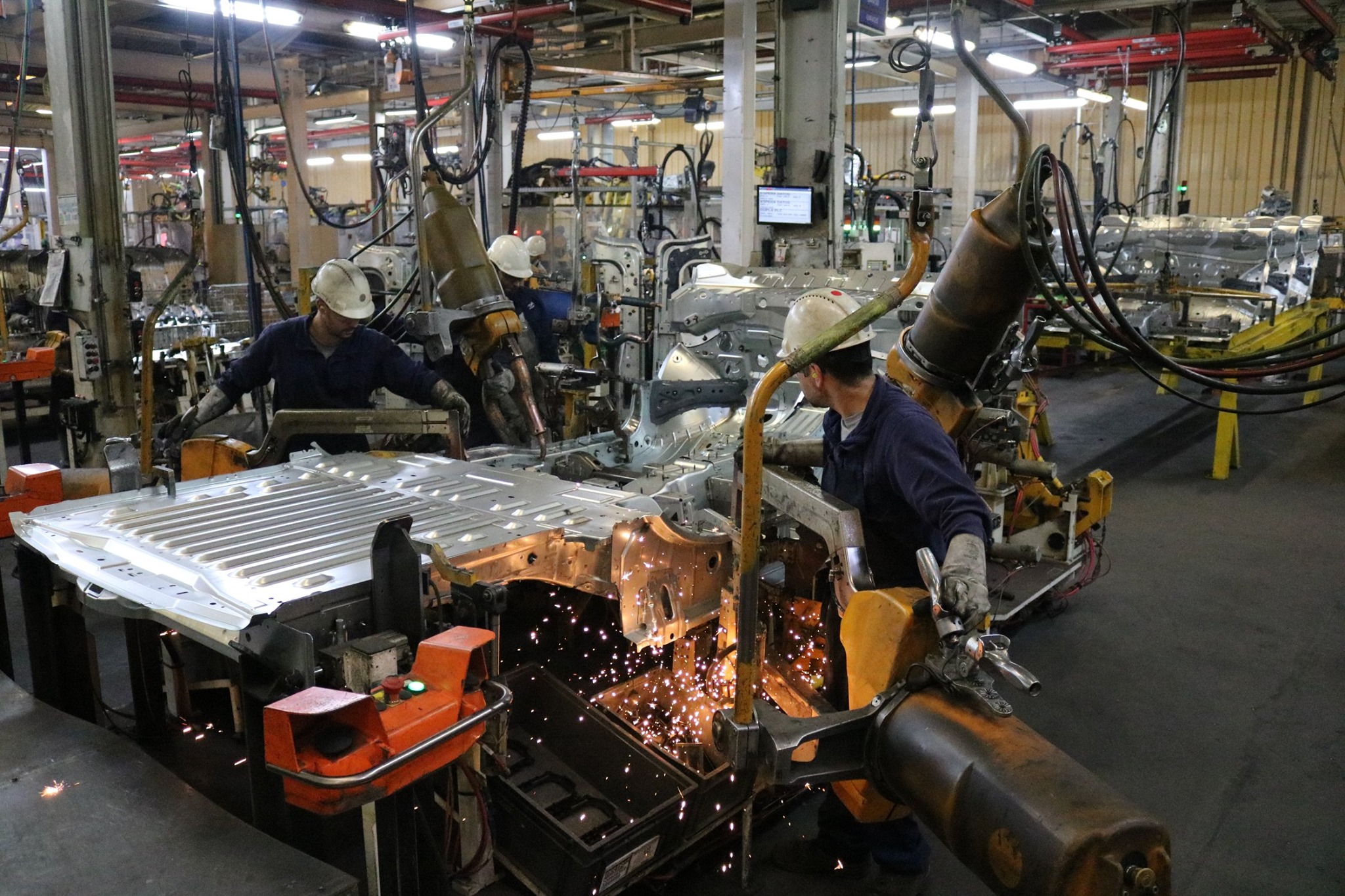The SAM (sector skills strategy in additive manufacturing) consortium has published the results of its first study into the potential skill-gaps that exist across the 3D printing workforce.
The EU-funded project is co-ordinated by the European Welding Federation (EWF), a group that 3D Printing Industry joined last month as an Associated Partner. Together, the EWF and SAM’s other members, aim to ensure the continued growth of 3D printing, by supporting it with knowledgeable and highly-trained personnel.
In SAM’s initial findings, it discovered a critical shortage in training around AM processes and identified a level of expertise in alloys as being vital within certain roles. Given the added importance of qualifying materials in gaining ISO certifications, the group recommends that pilot courses be rolled out urgently, to prevent these issues from impacting employability.
“The project’s initial phase has already shown that implementing 3D printing requires investment in workers’ skills and know-how at an unprecedented scale,” states the SAM research. “[The training] needs to happen in such a way as to allow the current workforce to reskill and adjust to a new reality.”

SAM’s multiphase survey approach
Broadly, SAM’s project involves two phases of survey-led research, with one covering industry professionals, and the other aimed at firms seeking to expand their workforce. The employee stage has now concluded, yielding insights into potential skill shortages, but the second phase is still active, and those interested can take the company survey here.
The recently-completed colleague survey attempted to set apart the needs of employees so that it could develop tailored training and address any of the knowledge gaps found. The test itself lasted 10 minutes and consisted of 38 questions spanning four sections: general information, professional background, AM skills, and AM training.
SAM’s survey was formed of a mixture of multiple-choice and written questions, but those taking part remained anonymous, in order to encourage a high level of engagement. Having tallied up the scores, and combined these with the datasets provided by its partners, the group has now been able to “draw a clear picture” of the sector’s current skills needs.

SAM finds an urgent need for tailored training
Following the completion of the first phase, SAM has sorted its findings into three levels of urgency: Scenario 1 (needs to be rectified within 6 months), Scenario 2 (within 2 years), and Scenario 3 (within 10 years). Under Scenario 1, the group’s report found that an understanding of metal qualification was vital for Process, Design, and Material Engineers.
Resource management and sustainability were also identified as becoming increasingly important to these roles by those surveyed, as well as detailed knowledge of optimizing a part’s topology. The same group of engineers also viewed testing and quality control as important skills, but these were sorted by participants into the less-urgent Scenario 2 category.
Similarly, numerical modeling and part characterization were raised as significant skill gaps, but these weren’t deemed crucial, meaning that training shouldn’t be required until 2022. Finally, within the “foresight and technology trends” section in Scenario 3, SAM’s report highlights real-time process monitoring and producing defect-free components, as potentially important future skills.
The report’s conclusions and next steps
Based on its scenario-based analysis, SAM identified Consultants and Process Managers that have transferred into 3D printing-related firms, as being at particular risk of having these knowledge gaps. Although 67 percent of respondents said they were enrolled in some kind of training activity, these were mostly technical workshops lasting less than one day.
In response to its overall findings, SAM has issued a set of recommendations to fill in what it perceives to be skill shortages. Technological expertise linked to safety, quality control, and defects should be prioritized according to the group, while understanding post-processing, AM processes, and green skills have been deemed as vital to work in the industry today.
Metal validation processes have also been adopted by international standards agencies, leading SAM to add that these are now essential working knowledge for Design and Process engineers. Given that these skill-gaps were identified based on criteria of ISO-alignment, industry growth, and improving employability, the group has underlined the urgency of the need for a change of approach.
SAM will now turn its attention to its second round of surveys, which is set to take the needs of 3D printing companies into consideration, and report on the emerging skills that they value most. Using the results of these company questionnaires, the group then intends to fine-tune the content of any future training programs, to target the needs of the job market in 2020.
Again, those readers that are interested in taking part in the company survey can do so here.
SAM’s findings are detailed in its paper titled “Report on the Analysis and Validation of needs,” which is available via the SAM website.
To stay up to date with the latest 3D printing news, don’t forget to subscribe to the 3D Printing Industry newsletter or follow us on Twitter, or liking our page on Facebook.
Looking for a new podcast? Be sure to subscribe to the Another Dimension podcast on your chosen podcast player to make sure you never miss an episode.
Are you looking for a job in the additive manufacturing industry? Visit 3D Printing Jobs for a selection of roles in the industry.
Featured image shows a turbine blade being 3D printed. Photo via the SAM Project.



